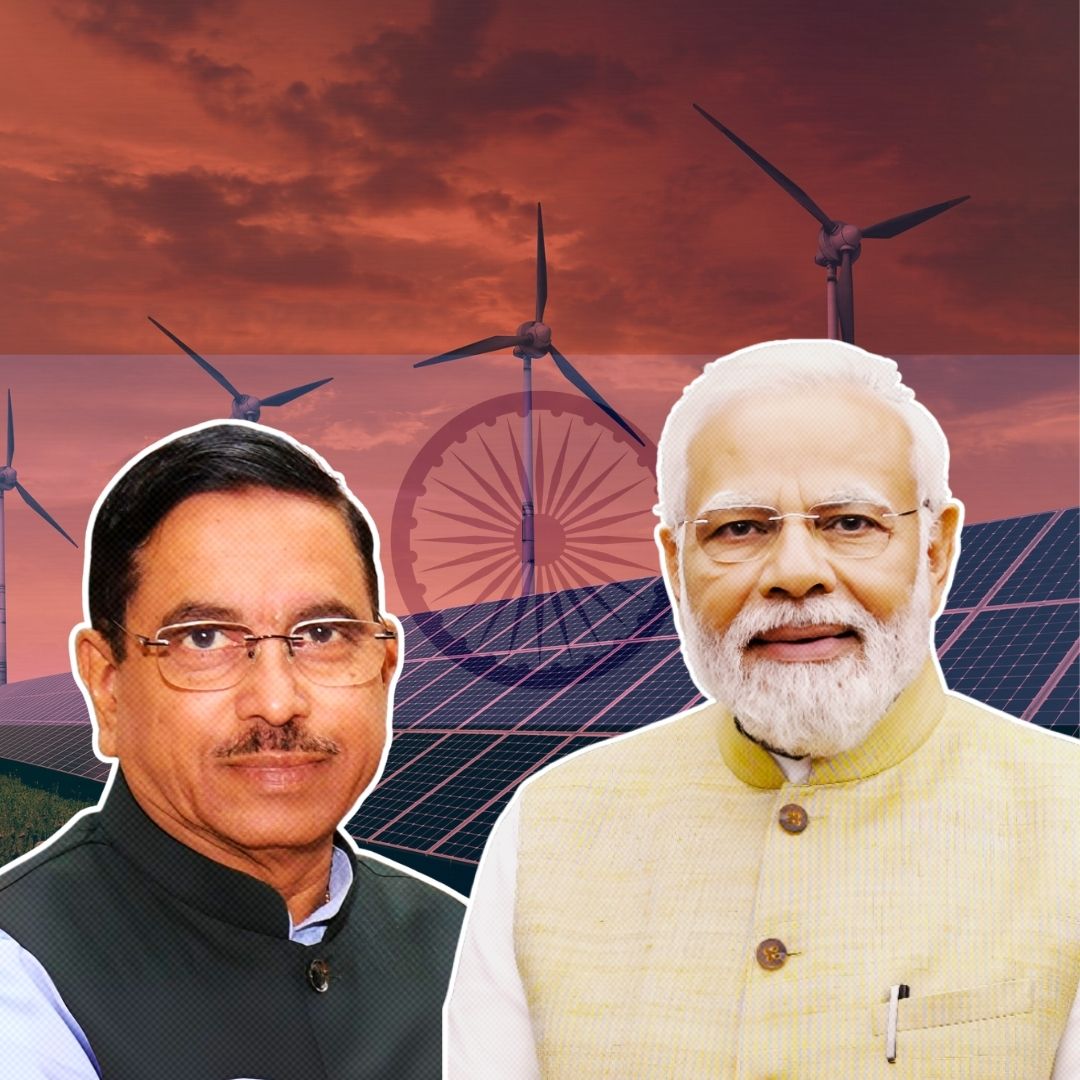India has officially overtaken Japan to become the world’s third-largest solar energy generator, producing approximately 108,494 gigawatt-hours (GWh) of solar power in the fiscal year 2024–25, according to Union Minister for Coal and Mines, Pralhad Joshi, who cited data from the International Renewable Energy Agency (IRENA). This accomplishment is a landmark in India’s ambitious clean energy journey aimed at building 500 gigawatts (GW) of non-fossil fuel power capacity by 2030.
Prime Minister Narendra Modi’s visionary policies, combined with focused investments and innovative government schemes, have accelerated this rapid solar capacity expansion. The milestone signals India’s growing leadership in the global energy transition, reflecting significant contributions from states like Rajasthan, Gujarat, and Tamil Nadu.
India’s Solar Power Surge: Statistical Growth and Policy Momentum
India’s solar generation capacity has surged phenomenally from a modest 2.82 GW in 2014 to over 116 GW as of mid-2025 — a growth of nearly 41 times in just over a decade. Rajasthan’s Bhadla Solar Park, boasting a capacity of 2,245 MW, anchors India’s solar infrastructure and powers over a million homes annually while significantly reducing carbon emissions. According to MNRE data, Rajasthan alone now generates more than 33 GW of solar power, surpassing many nations’ total capacities.
The government’s Production Linked Incentive (PLI) scheme for solar manufacturing has further spurred domestic production, reducing dependency on imports and strengthening the supply chain. Solar power now represents nearly 5.8% of India’s total electricity production, with renewables overall constituting more than 17%. This progress reflects both policy foresight and the widespread adoption of solar technologies across urban and rural landscapes.
Background: Aligning Energy Growth with Climate Commitments
India’s solar ascendancy is part of its more extensive commitment to sustainable development under the Paris Agreement, aiming for net zero carbon emissions by 2070. The Ministry of New and Renewable Energy (MNRE) has coordinated aggressive capacity additions, policy reforms, and international partnerships such as the International Solar Alliance to promote renewable adoption.
While coal still constitutes a significant portion of the energy mix, India’s accelerating renewable capacity ensures increasing energy security and environmental benefits. The government’s strategic focus on integrating solar with hybrid and round-the-clock renewable projects points towards a future of cleaner, more reliable power. This expanded renewable framework supports India’s economic growth ambitions while addressing the urgent need for climate resilience.
The Logical Indian’s Perspective
The Logical Indian applauds India’s impressive leap in solar power generation as a crucial stride toward sustainable development and global climate leadership. Achievements of this magnitude highlight the benefits of visionary governance, technological advancement, and community participation.
However, the transition also demands attention to challenges such as grid stability, financing mechanisms, and equitable energy access across regions. It is essential that renewable growth serves all communities inclusively, creating green jobs and fostering social equity while mitigating environmental impacts. As India charts a clean energy future, collaboration between government agencies, the private sector, and civil society will be vital.
India has outpaced Japan in solar energy generation — producing 1,08,494 GWh compared to Japan’s 96,459 GWh — and is now the world’s third-largest solar power producer.
— Pralhad Joshi (@JoshiPralhad) July 31, 2025
Thanks to the visionary leadership of Hon’ble PM Shri @narendramodi ji, India is leading the way in the global… pic.twitter.com/xwX5rmYb1A











